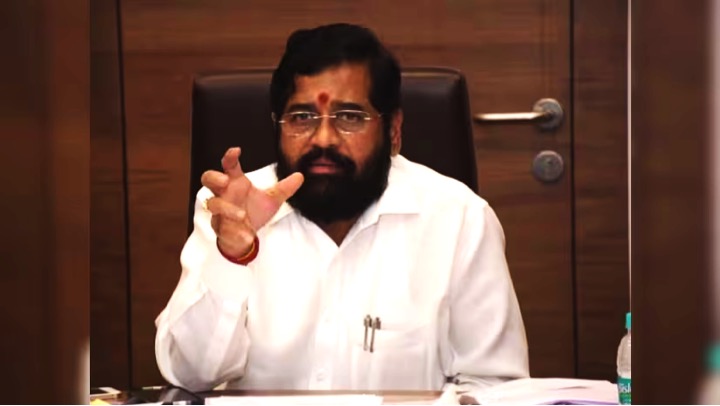India may be the largest milk producer on the planet, but cheese culture in the country is still in its infancy. Save for traditional cheese likechurpi in Sikkim,kalari and qudam from Kashmir, bandel and its smoked version from Bengal, most cheese consumed is not inspired by indigenous technique.
A recent Desi Dairy Dialogue in Chennai, at The Farm, brought together cheese makers, pastoral dairies, cheesemongers and fermentation specialists to share their journeys, inspired by Indian pastoral traditions.
At the event, Trevor Warmedahl, a nomadic cheese maker explains how he encourages natural fermentation over using pasteurised and refrigerated milk, treated with rennet, in the tradition of Rajasthan’s camel herding Raika, the Maldhari and Rabari herdsmen of Kutch, and the goat herding communities in Maharashtra, all of whom he has visited. “In old cheese making traditions, the raw milk holds the magic of natural microbes that helps the milk coagulate, to create a variety of cheese,” Trevor says.
For Mansi Jasani, founder, The Cheese Collective, Mumbai, cheesemaking in India must celebrate its roots and pastoral traditions. “Cheese for me is earth and magic. It is something so intrinsically connected to the land in a grand way and yet it is made of some of the simplest ingredients,” she says.
Meet the cheesemakers who use traditional knowledge to craft contemporary cheese.



























